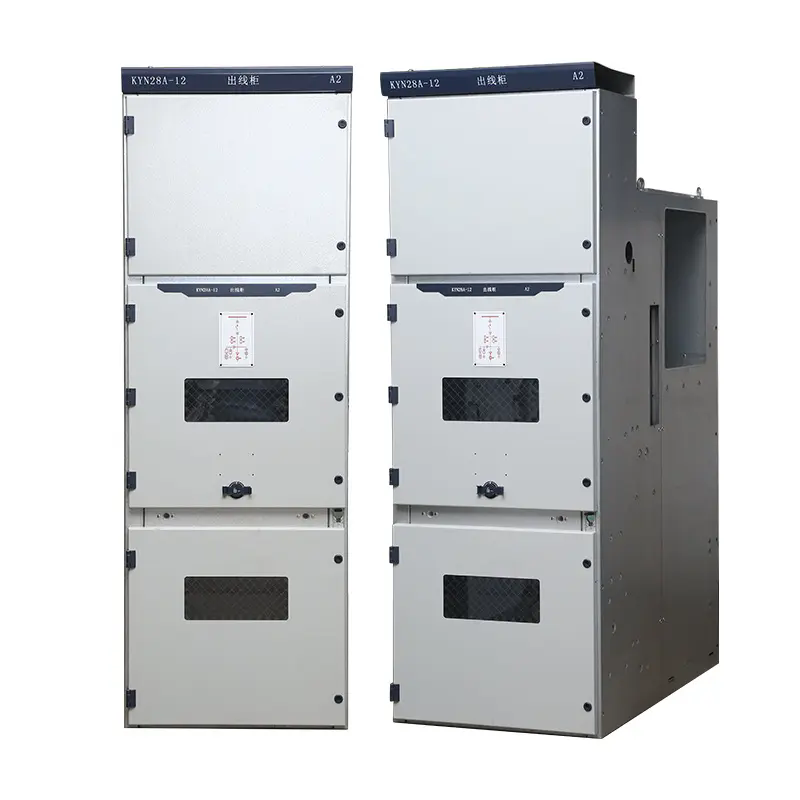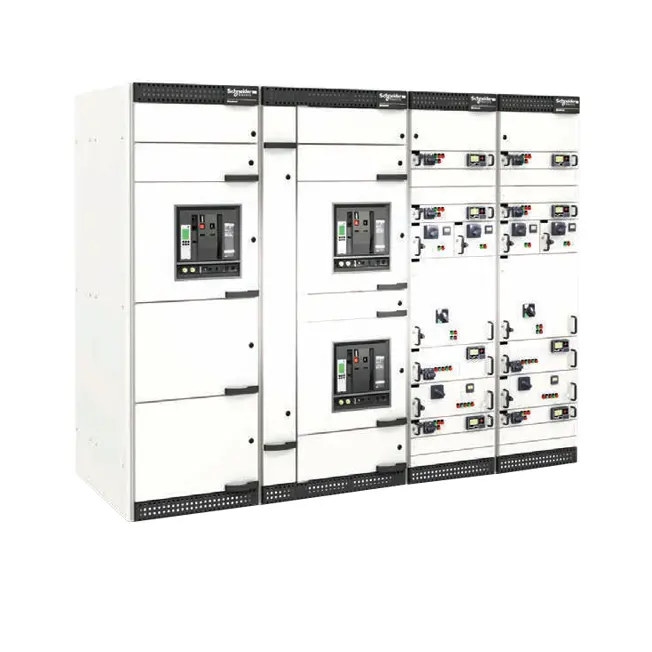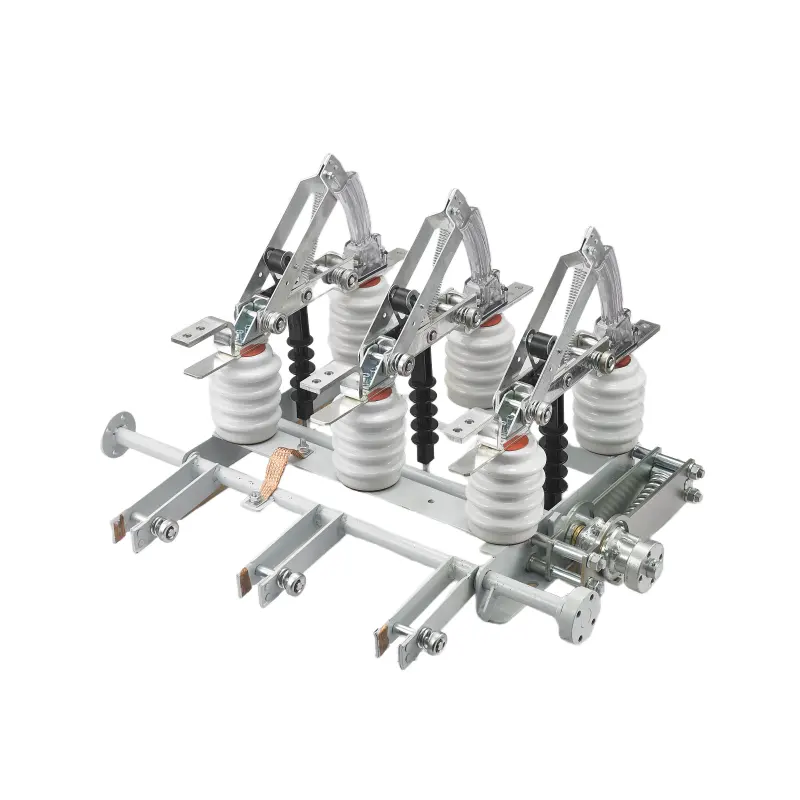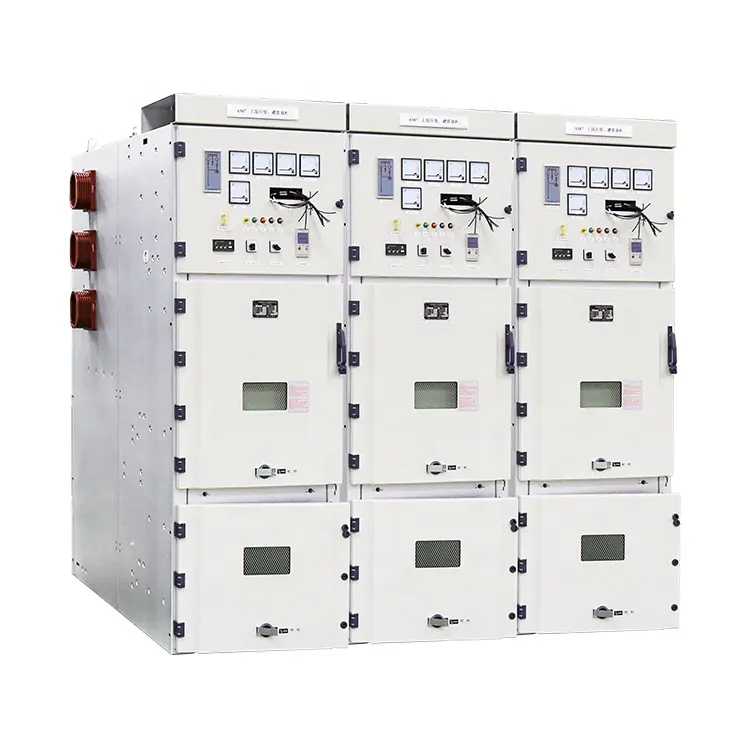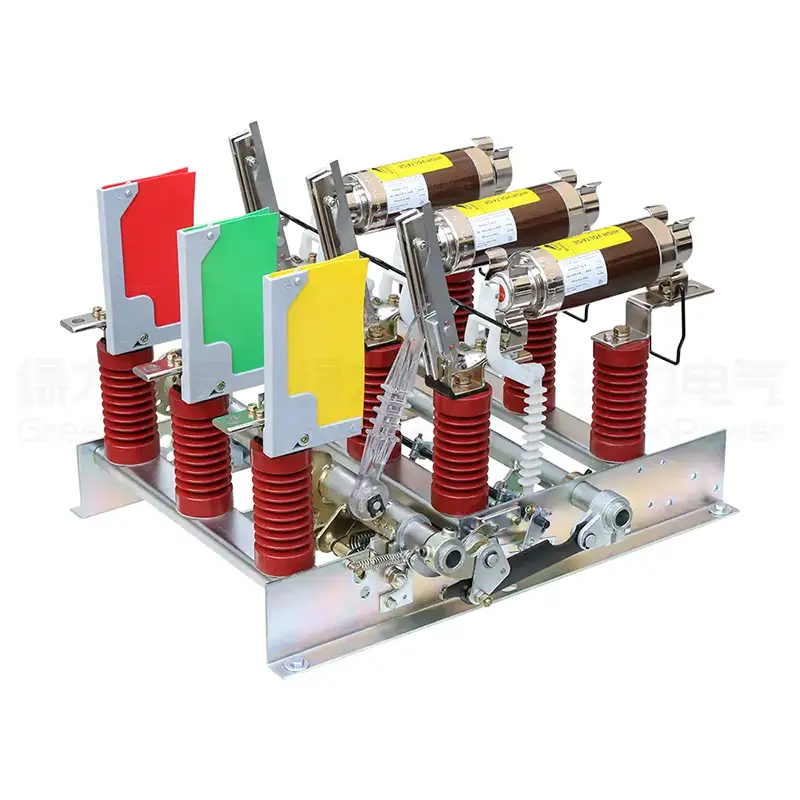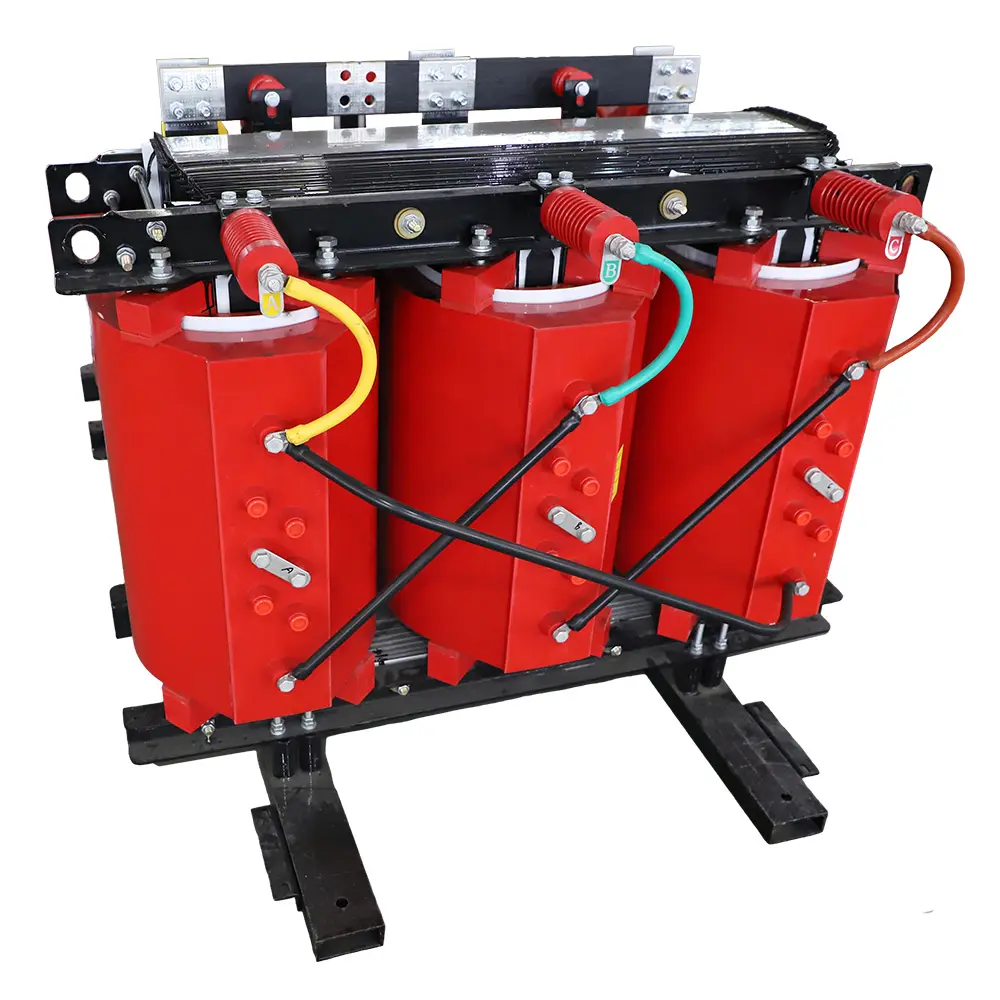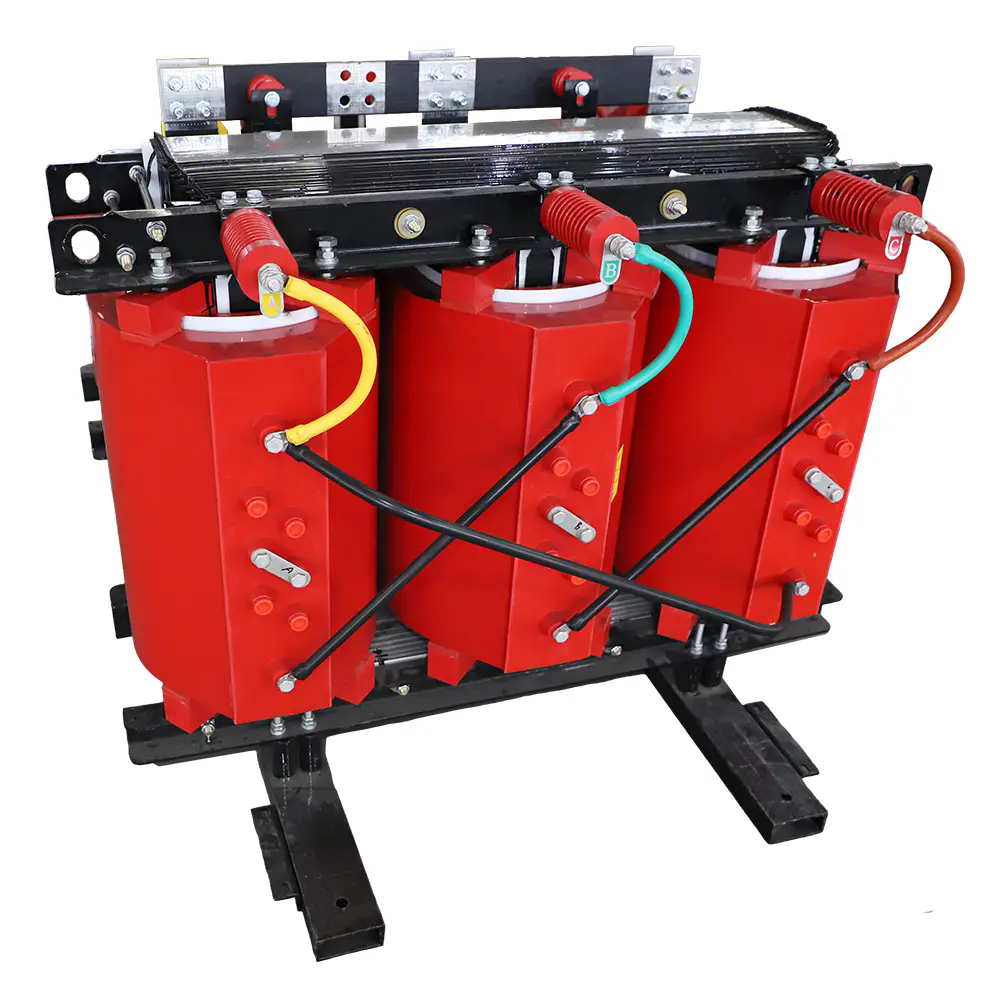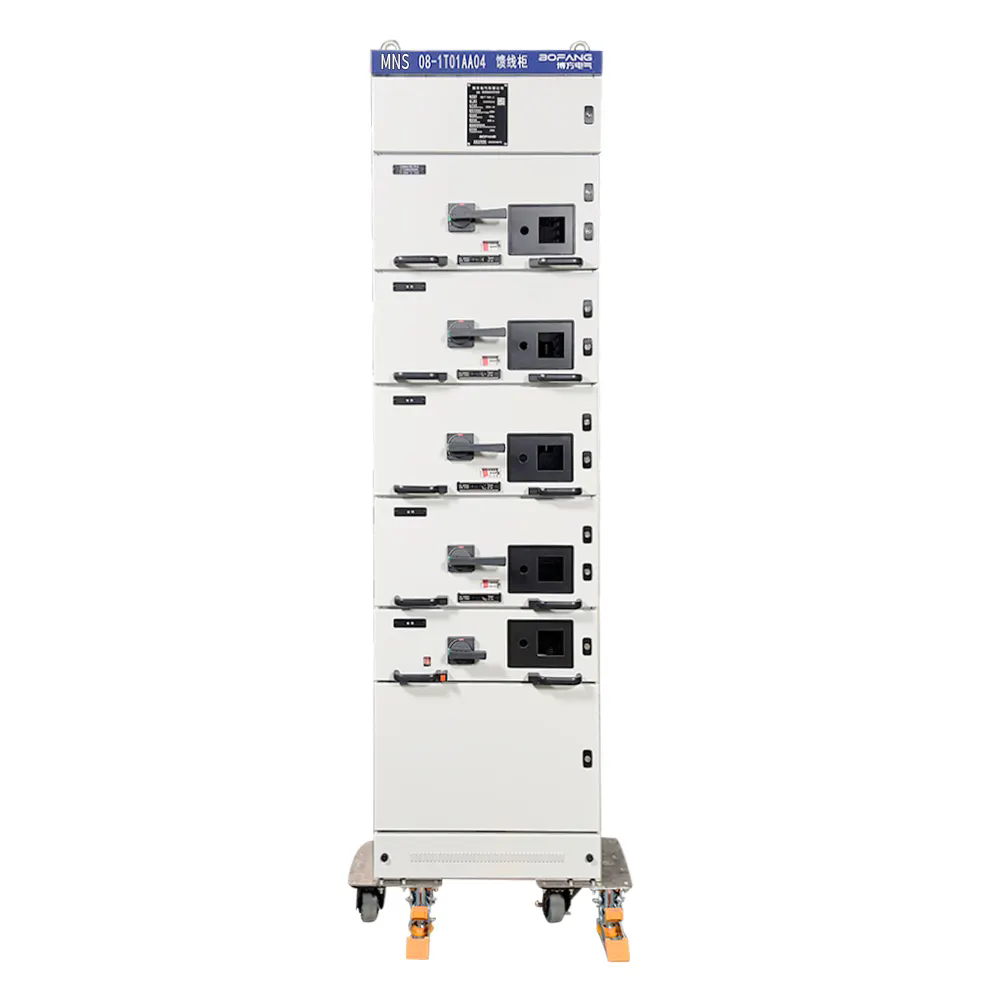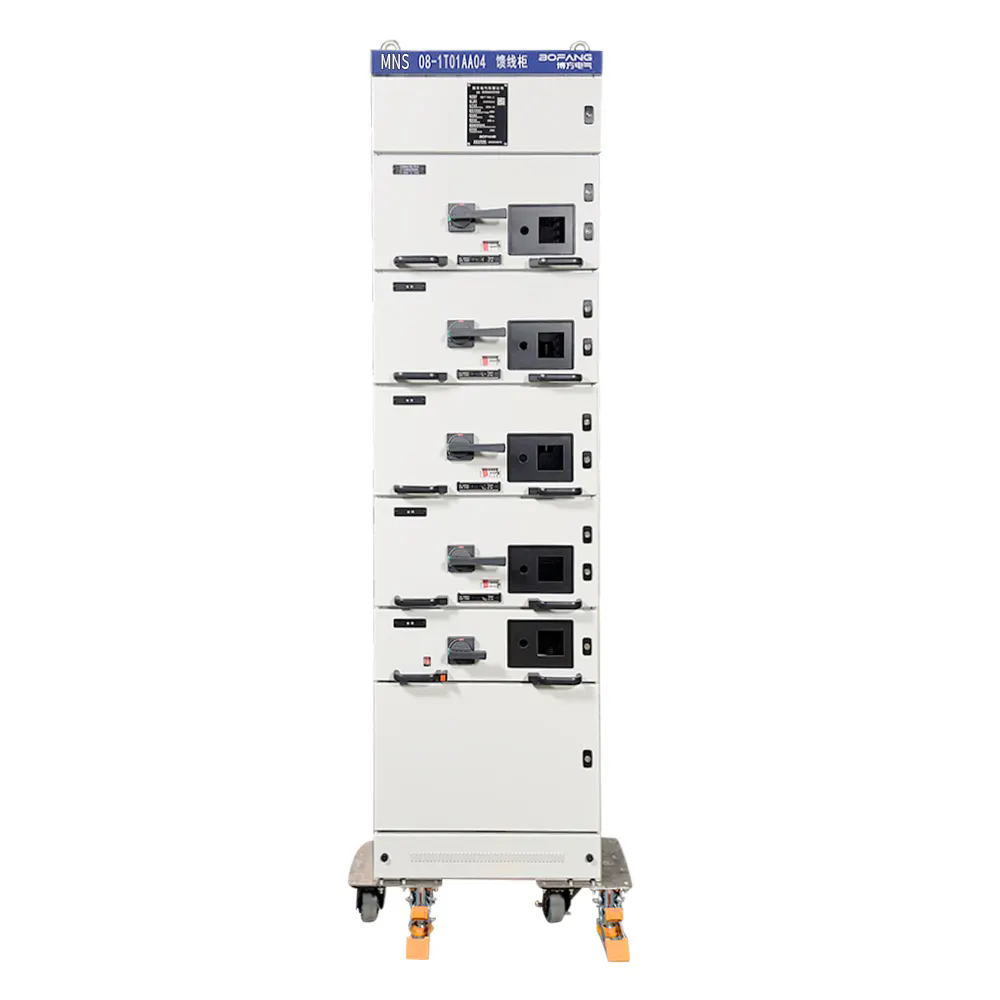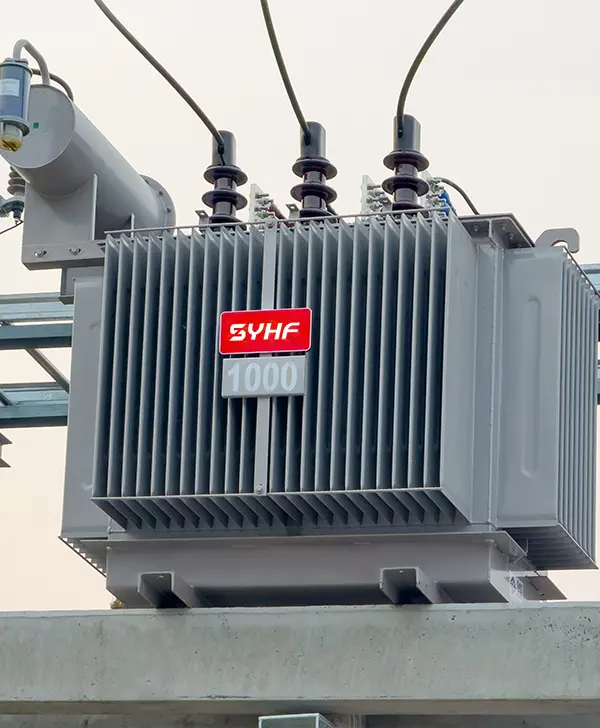How Does Gas Insulated Switchgear Improve Power Distribution Reliability?
In today’s electrical power landscape, the demand for reliable, safe, and compact switchgear solutions has grown significantly. Gas Insulated Switchgear (GIS) has emerged as a critical technology for high-voltage power transmission and distribution, offering advantages that traditional air-insulated switchgear cannot match.
Gas Insulated Switchgear refers to a type of switchgear in which electrical components such as circuit breakers, disconnectors, and busbars are enclosed within a grounded metal casing filled with insulating gas, typically sulfur hexafluoride (SF6). This design ensures high electrical insulation, minimal maintenance, and a compact footprint, making GIS an ideal choice for urban substations, industrial complexes, and utility networks with space constraints.
The insulating gas not only improves dielectric strength but also provides arc-quenching capability, allowing GIS to operate safely under high-voltage conditions. By enclosing components in metal, GIS protects critical equipment from environmental factors such as humidity, dust, and corrosive pollutants, thereby extending equipment life and reducing operational risk.
Here are the key technical specifications for a typical Gas Insulated Switchgear unit:
| Parameter | Specification |
|---|---|
| Rated Voltage | 12 kV – 800 kV |
| Rated Current | 630 A – 6300 A |
| Short-Circuit Breaking Current | 25 kA – 63 kA |
| Insulating Medium | SF6 Gas (Sulfur Hexafluoride) |
| Enclosure Type | Metal-enclosed, grounded |
| Operating Temperature | -50°C to +50°C |
| Dielectric Strength | Up to 550 kV |
| Maintenance Requirement | Minimal |
| Installation Footprint | 30–70% smaller than AIS |
The combination of compactness, high reliability, and reduced maintenance positions GIS as a preferred solution for both new installations and retrofitting projects.
How Is Gas Insulated Switchgear Applied Across Different Power Systems?
The adaptability of Gas Insulated Switchgear makes it relevant across a wide spectrum of power system applications. Understanding its deployment illustrates why utilities and industries increasingly adopt GIS over conventional solutions.
1. Urban and Industrial Substations
Urban areas often face space constraints, making traditional air-insulated switchgear (AIS) impractical. GIS provides a compact alternative, allowing high-voltage equipment to be installed in smaller substations without compromising performance. This capability is particularly valuable in cities, industrial parks, and underground facilities where land costs are high.
2. High-Reliability Power Transmission
Power transmission networks rely on continuous operation. GIS reduces the likelihood of outages due to environmental stressors such as pollution, lightning, or humidity. Its metal-enclosed design and SF6 insulation ensure high dielectric strength, maintaining system stability even under challenging conditions.
3. Renewable Energy Integration
As renewable energy sources such as wind and solar plants expand, GIS enables efficient interconnection to existing transmission networks. Its compact size, reduced maintenance, and high reliability make it ideal for remote substations and offshore installations where operational efficiency is critical.
4. Critical Infrastructure Applications
Hospitals, data centers, airports, and financial institutions require uninterrupted power supply. GIS enhances system reliability by minimizing failure risk and offering fast fault isolation through advanced circuit breakers and protection devices.
The versatility of GIS underscores its growing importance in global power networks, supporting both urban expansion and critical energy infrastructure.
How Does Gas Insulated Switchgear Enhance Safety, Efficiency, and Operational Performance?
Safety, operational efficiency, and reliability are essential considerations for modern power systems. Gas Insulated Switchgear contributes significantly to all three:
1. Enhanced Safety Features
GIS minimizes the risk of electrical accidents by enclosing high-voltage components within grounded metal casings. The use of SF6 gas ensures effective arc quenching, reducing the chance of fire, flashovers, and electrical faults. In addition, GIS designs often include interlock mechanisms that prevent unsafe operations, further protecting maintenance personnel and the public.
2. Reduced Maintenance and Operational Costs
Unlike AIS, which requires regular inspections and cleaning, GIS requires minimal maintenance. The metal-enclosed design prevents dust and moisture ingress, and the long-term stability of SF6 gas ensures consistent performance over decades. Fewer maintenance activities translate into lower operational costs and reduced downtime, improving overall system efficiency.
3. Space and Material Efficiency
GIS’s compact design allows installation in areas where traditional switchgear would be impractical. By reducing required substation area by up to 70%, GIS enables utilities and industries to optimize land use, reduce construction costs, and implement high-capacity power systems in constrained spaces.
4. Reliable Fault Handling
GIS provides fast and reliable fault interruption due to its integrated high-performance circuit breakers and protection systems. Rapid fault isolation prevents system-wide outages and minimizes the impact of short-circuits, ensuring stable power delivery.
Frequently Asked Questions
Q1: How does GIS compare with traditional air-insulated switchgear (AIS) in terms of lifespan and reliability?
Gas Insulated Switchgear generally offers a longer operational lifespan due to its sealed environment that protects internal components from dust, humidity, and pollution. Its high dielectric strength and effective arc-quenching properties make GIS more reliable in maintaining continuous operation, particularly in harsh environments, compared to AIS.
Q2: Is SF6 gas in GIS environmentally safe and regulated?
While SF6 has excellent insulating properties, it is a potent greenhouse gas. Modern GIS designs minimize leakage and often incorporate gas recycling systems to reduce environmental impact. Regulatory compliance is strictly followed, and operators are trained to handle SF6 safely, ensuring both performance and environmental responsibility.
How Can Businesses Leverage Gas Insulated Switchgear for Strategic Growth?
GIS is not just a technical solution—it is a strategic asset for businesses and utilities aiming to enhance system reliability, efficiency, and scalability. Integrating GIS into power infrastructure brings several long-term benefits:
-
Urban Development Projects: Developers and utilities can implement high-voltage networks in limited spaces without compromising capacity or safety.
-
Industrial Expansion: Manufacturing facilities, oil & gas complexes, and mining operations gain reliable power with minimal maintenance requirements.
-
Renewable Integration: GIS supports the connection of solar, wind, and hybrid energy plants into existing grids efficiently.
-
Global Scalability: Standardized GIS designs enable deployment across different countries and regulatory environments, facilitating global expansion for utility operators and industrial clients.
Product Parameters Overview
| Feature | Description |
|---|---|
| Rated Voltage | 12 kV – 800 kV |
| Rated Current | 630 A – 6300 A |
| Short-Circuit Breaking Capacity | 25 kA – 63 kA |
| Insulation Medium | SF6 Gas |
| Enclosure Type | Metal-enclosed, grounded |
| Operating Temperature | -50°C to +50°C |
| Dielectric Strength | Up to 550 kV |
| Maintenance Requirement | Minimal |
| Dimensions | Compact, up to 70% smaller than AIS |
| Protection Systems | Integrated circuit breakers, relays, and interlocks |
By combining compactness, operational safety, and minimal maintenance, GIS supports business objectives while optimizing long-term investment value.
In summary, Gas Insulated Switchgear provides a reliable, efficient, and space-saving solution for diverse power system applications. Its advantages in safety, performance, and scalability make it a preferred choice for utilities, industrial clients, and critical infrastructure projects worldwide. For businesses seeking trusted GIS solutions, SYHF offers high-quality, fully compliant Gas Insulated Switchgear units designed to meet international standards and ensure operational excellence. To explore our products and services, we encourage you to contact us today for customized solutions tailored to your needs.
- How can an Electrical Substation become the most reliable asset in my grid?
- How Did I Cut Risk And Cost With An Oil Immersed Transformer Upgrade?
- Which Transformer Derivatives Solve Harmonics At EV Fast Charging Sites?
- How Does a Circuit Breaker Protect Your Power System?
- Are You Using the Right Circuit Breaker for Your Application?
- Why Is the Compact Substation Revolutionizing Modern Power Distribution?

